Combat helicopter AH-1 "Cobra"
A specialized, much more protected and armed, high-speed and maneuverable, attack helicopter was required. In March, 1965 in the United States began to develop a multi-purpose helicopter that could fully perform many of its combat missions.
The winner of the competition was AH-1 Huey Cobra, created on the basis of components and assemblies of the same proven UH-1. The first flight of AN-1G "Hugh Cobra" took place already in September 1965. This machine had some advantages: better aerodynamic shape, a third higher speed, more powerful weapons, less vulnerability.
Hugh Cobra was created in relation to operations in Southeast Asia. The armed forces of the states of this region had a rather small amount of armored vehicles, so the creators of the helicopter did not particularly wise with outboard weapons, and time was running out: a new car was looking forward to in Vietnam. On an experimental helicopter, on the wing there were only two suspension units, on production vehicles - four. Suspended weapons included two types of NAR units, XM-18 containers with 7,62 mm machine guns and automatic 40 mm XM-13 grenade launchers, KhM-3 mine cassettes, smoke aviation E39P1 appliances and 264 liter fuel tanks. For application in Vietnam, three typical variants of the combat load on the external load were proposed. Easy - 2 NAR XM-157 units with 7 rockets of a caliber of 70 mm each on the external nodes of the suspension and 2 containers KhM-18 with one 7,62 mm machine gun - on the internal. Medium - 4 NAR XM-159 blocks with 19 rockets of 70mm each. Heavy - 2 NAR XM-159 blocks on the external nodes of the suspension and 2 containers KhM-18 with one 7,62 mm machine gun - on the internal.
The shooter from the front seat controlled the fire of the mobile armament, placed on the turret, and the pilot used a weapon suspended on the wing pylons. The weapon control system made it possible to set the number of simultaneously launched pairs of rockets from the left and right blocks in the salvo and the interval between the volleys. NAR were produced only symmetrically from blocks suspended under the left and right wings, since the asymmetric launch of rockets led to the appearance of a disturbing moment and made it difficult to control the helicopter. If necessary, the pilot could control the fire of the armament installed on the turret, which in this case was rigidly fixed relative to the longitudinal axis of the helicopter, and the shooter - to launch the NARs.
Genuine recognition came to the Cobra during the New Year 1968 offensive of the Viet-Kong troops on American air bases.
Helicopters for take-off was enough small sites. The Cobras made several sorties in a day, launching an attack over the heads of the GI defenders. It was then that the term "air artillery" was born, in Vietnam it was used more often than the traditional - air cavalry in relation to AH-1G helicopters. Airborne units were assigned helicopter companies consisting of two plutongs of eight UH-1D helicopters and one (also eight helicopters) AH-1G.
The combat order "Cobra", like a fighter aircraft, was built on the basis of a pair: the master - the slave. The pair provided a good relationship and did not constrain the maneuver. In Vietnam, helicopters for most of their flight time were over terrain uncontrolled by the US Army or their South Vietnamese allies. The use of a pair of helicopters increased the crew’s chances of surviving a forced landing on foreign territory. In this case, the second helicopter covered the downed comrade with fire until the arrival of the search and rescue helicopter.
In the early stages of the war, the task of combat helicopters was to destroy infantry and light vehicles for delivering people and goods (such as sampans and bicycles). To defeat such targets, the fire power of the Cobra was enough. The situation changed when a stream of Soviet-made heavy equipment poured along the Ho Chi Minh trail into South Vietnam. Immediately revealed the lack of effectiveness of NAR for the defeat tanks PT-76, T-34 and T-54.
Closely Hugh Cobras faced tanks in Laos in 1971. The 2 Squadron of the 17 Airborne Cavalry Regiment destroyed five tanks, four PT-76 and one T-34 from the NARs with a heavy CU. Attempts to destroy tanks with 20-mm cannon fire from hanging containers were not successful. Tanks were hard to hit not only with rockets. Perfect camouflage and camouflage coloring made it very difficult to detect them. The first tank attacks were unsuccessful. The pilots offered to attack them with at least two helicopters: one comes from the front, distracting the attention of the tank crews, and the second - strikes from the flank or from the rear. In practice, the pilots, finding the tank, in the excitement immediately rushed to the attack, without bothering to distract themselves with maneuvers. Perhaps more tanks were destroyed. So, in one of the sorties were found two columns of tanks. As a result of the ensuing strike, the convoy was stopped, but not one tank caught fire. It was impossible to establish from the air that the tank was disabled. The ATGM "Toy" was a radical means for fighting tanks. The first vehicles equipped with guided missiles were UH-1D. The successful use of these helicopters in the fight against armored targets in Vietnam has intensified work on the integration of ATGM into the Hugh Cobra weapon system. Experimentally, two AH-1 were equipped with URs, and from May 1972 to January 1973, they were tested in combat conditions. 81 ATGMs destroyed 27 tanks (including T-54, PT-76 and captured M-41), 13 trucks and several fortified fire emplacements.
In this case, the helicopters did not receive a single hit. Missile launches were usually carried out from a distance of 2200 m, instead of 1000 m when the NAR was launched. In 1972, the Americans gave a surprise by using helicopter ATGMs against tanks, but the Vietnamese surprised the Yankees. In the same year, they used Soviet Strela-2M MANPADS to combat low-flying targets.
The designers of the company "Bell" in the design of "Hugh Cobra" provided measures to counter the missiles with thermal guidance, using the cooling of the exhaust gases, but this was not enough. The arrows confidently captured the helicopters, and the first shot down was Hugh, then two Cobras.
In the first case, the AN-1G flew alone at an altitude of about 1000 m. After getting "Arrows" the car fell apart in the air. In another case, the rocket hit the tail boom. Despite significant damage, the pilot dropped to the tops of the trees, but the car touched the crown and turned over. The Americans rated the threat. For all Bell-based helicopters flying in Vietnam, a crankshaft was installed, diverting the hot gases up into the plane of rotation of the rotor, where a powerful turbulent flow instantly mixed them with the surrounding air. As practice has shown, Strela’s homing head sensitivity was not enough to capture helicopters modified in this way. During the years of the war in Southeast Asia, the Cobras demonstrated good survivability. Of the 88 Cobras who participated in the operation in Laos, 13 was shot down. By the end of the Vietnam War, the US Army Aviation included X-NUMX AN-729G helicopters of the 1 helicopters built. The lion's share of the missing 1133 machines remained forever in Vietnam.
In May, 1966 of the year Bell began developing the AN-1J Sea Cobra, an improved version of the AN-1, for the United States Marine Corps, which originally ordered 49 helicopters. The use of a power plant of two GTEs of greater power in combination with a new rotor with increased diameter (up to 14.63) and a chord of the blades provided improved flight performance and increased operational safety from aircraft carriers, as well as an increase in the payload to 900kg, which allowed the use of the XM turret 1-87 with a triple-barreled cannon caliber 20mm and various options for weapons, suspended under the wing.
The first production helicopter AN-1J with twin Pratt & Whitney PT6T-3 "Twin Pac" gas turbine engines with a takeoff power of 1340 kW, made its first flight on October 14, 1970, and since February 1971, the AN-1J combat helicopters began to be used in Vietnam in corps combat operations Marine Corps, which was supplied with 63 helicopters. The first 140 helicopters were the same as for the US Marine Corps, the next 69 were armed with ATGM "Tou".
The following modifications of the steel AN-1T "Sea Cobra" is an improved version for the US Marine Corps with the ATGM "Tow" and the control system with greater pointing accuracy. The first flight took place in May 1976, the deliveries of the first ordered 57 helicopters began in October 1977. AN-1W "Super Cobra" - development of the AN-1T helicopter with two General Electric GTEs. T700-GE-401 takeoff power 1212kW; made the first flight of 16 on November 1983 of the year.
The first AN-1W serial helicopter was delivered in March 1986 of the year for the Marine Corps, which originally ordered the 44 helicopter, additionally ordered 30 helicopters. In addition, the 42 helicopter AN-1T was upgraded to AN-1W.
Combat helicopters AN-1 of various modifications were supplied to the armed forces: Bahrain, Israel, Jordan, Iran, Spain, Qatar, Pakistan, Thailand, Turkey, South Korea and Japan.
Combat helicopters of this type were used in the following armed conflicts:
Vietnam War (1965 — 1973, USA)
Iran-Iraq war (1980 — 1988, Iran)
Operation “World of Galilee” (1982, Israel)
US Invasion of Grenada (1983, USA)
Turkish-Kurdish Conflict (with 1984, Turkey)
Operation Praying Mantis in Panama (1988, USA)
Gulf War (1991, United States)
Somali peacekeeping operation (UNOSOM I, 1992 — 1993, USA)
The war in Afghanistan (with 2001, USA)
Iraq war (from 2003, USA)
War in Waziristan (from 2004, Pakistan)
Second Lebanon War (2006, Israel)
In some conflicts, helicopters of this type suffered significant losses. Iran has lost more than half of those in the war with Iraq.
Israel was forced to use "Cobras" in the Bek Valley, with a big eye, faced with a powerful Soviet-made Syrian air defense.
The calculation of unpunished low-altitude attacks with the help of the Tou anti-tank missile system was not justified.
The combat helicopter was detected by the Krug (SA-4) and Square (SA-6) anti-aircraft radar systems at a distance of 30 km if it flew above 15 m above ground, and the ZSU-23-4 “Shilka” radar in In this case, it was detected at a distance of 18 km. The standard 96 snake line of four Shilka shafts hit the Cobra with a probability of 100% at a range of 1000 m, at a range of 3000 m the probability of hitting was already 15%.
Again, the American Cobras went into battle in the 1990-1991 winter. The helicopters of the 1 Cavalry and 1 Armored Divisions deployed military transport aircraft from Europe and the States to Saudi Arabia, where they took an active part in Operation Desert Storm. On the first day of the offensive, the Cobras, along with the Kiowas, conducted reconnaissance in the interests of the tank crews of the 1 armored division and covered combat vehicles from the air. On that day, the Cobras were loaded with fuel and ammunition to the fullest extent. Four "Toy" ATGMs were suspended under the wings. One day was enough to make sure that these missiles did not meet the requirements of modern warfare. Iraq’s air defense was not completely suppressed, there were a significant number of self-propelled self-propelled radar-guided missiles and ZSU-23-4 on the front edge.
The flat surface of the desert made it possible to detect helicopters from afar, which, moreover, when the “Toy” was launched, had extremely limited maneuvering capabilities. A missile launched at maximum range, flies 21 seconds. And the response time of the Shilka after detecting the target 6-7 seconds. Therefore, the next day, instead of four ATGMs, two NAR units with 14 X hydra 70 with cluster warheads and two “Toy” were suspended on helicopters.
The laser range finder of the ATGM sighting system allowed precise targeting during the launch of the NAR. After launch, the pilots were able to sharply maneuver out of the attack, without thinking about pointing the missile at the target. The main drawback of both the Cobras and Kiows was the absence of night-vision systems like the TADS / PNVS installed on the Apache. The situation was aggravated by the fact that the smoke from the fires of oil fields and the finest sandy dust severely limited visibility in the daytime. All crews had night vision goggles, but used them only for en-route flights.
The crews of the Cobras of the Marine Corps were equipped with more advanced glasses and had fewer problems when attacking ground targets in conditions of poor visibility. To some extent, the situation improved with the installation on the non-rotating part of the 20-mm cannon of laser systems, which projected the gun's aiming point on the terrain and reproduced it on night-vision goggles. The system range was 3-4 km. By the beginning of the war, only the Cobras of the 1 Armored Division had been equipped with these systems. Sandstorms not only impaired visibility, sand washed the blades of engine compressors.
For operation in the desert on the air intakes of engines planned to install special filters, but by the beginning of the war did not have time to do so. On average, the engines changed after 35 hours of operation. On all the army "Cobra" during the fighting, at least once changed engines. In total, Operation Cobras flew 8000 watches and released more than 1000 ATGM Toy in Operation Storm in the Desert. More terrible enemy, as well as in the Gulf (the filters were never installed), turned out to be fine red sand, which had eaten the blades of the engine compressors and the rotor blades. Thanks to the efforts of the flight technical staff, the Cobra’s combat readiness was maintained at the level of 80%. In addition to escorting convoys, helicopters were often involved in reconnaissance.
After that, there were still sorties to Somalia and the “2003 War of the Year”, which still lasts. In the coming decade, these helicopters will be 50 years old. Having completed its first flight in 1967, the AH-1 fire support helicopter remains in service.
The US Army has already abandoned it in favor of the more “advanced” AH-64 Apache, while the American marines, who have fallen in love with this car, are putting into service a new modification - (“Viper”), also known as Zulu Cobra (for the letter denoting modification).
The development of the "Vipers", then still bearing the nickname King Cobra, began in 1996, when the Marine Corps adopted a helicopter fleet modernization program. It provided for the replacement of XHUMX AH-180W Super Cobra with AH-1Z (with the purchase of new machines or existing modifications), and about a hundred of multi-purpose UH-1N helicopters with UH-1Y Venom. The Viper made its first flight in December 1 of the year and then within ten years it was gradually brought to mind, until finally, in December of the 2000, the Marines ’leadership finally decided to put the helicopter into service.
The rotor wing mass has increased significantly (8390 kilograms of maximum take-off weight versus 6690 kilograms of the Supercobra). In many ways, this is why the main constructive difference between the Vipers is the new four-blade composite rotor, replacing the two-blade predecessor, traditional for the Hugh family of machines, has exhausted its ability to keep the Cobra heavier in the air. The tail screw was also four-bladed. Fully transferred to the modern element base avionics: analog flight instruments "Superkobr" gave way to an integrated control system with two multifunctional liquid crystal displays in each cabin.
In terms of tactical capabilities, the Vipers differ from the Super Cob by almost three times the increased combat radius (200 kilometers against 100) and increased speed. The composition of the airborne armament itself has hardly changed: the same Hellfire, Hydra, Saydarma and Sidewinders. However, the new sighting system allows you to track targets at distances greater than the radius of the onboard weapons. At the same time, the use of guided missiles has drastically simplified - the Supercob pilots constantly complained about the need to switch many switches to the Hellfire to launch in the right order.
In addition, the helicopter installed an infrared system for viewing the front hemisphere FLIR, similar to that which is equipped with AH-64 Apache. At one time, one of the main claims to the "Superkobram" was the lack of such equipment.
Added and helmet-mounted targeting complex Top Owl Corporation Thales, allowing you to perform combat missions in difficult weather conditions, as well as at night.
At the moment, the Marine Corps has already received 15 such helicopters. In total, by the 2021, the command of the Marine Corps plans to have the 189 "Vipers": 58 new rotary wings plus 131 re-equipped and re-equipped machine AH-1W Super Cobra from among those in the ILC.
The cost of the entire modernization program of nearly three hundred Super Cob and Hugh, as well as the purchase of new helicopters by marines and the US Navy will exceed 12 billion dollars. That is characteristic, the principle of production economy is not forgotten. The hull systems, the avionics and the “Viper” propulsion system on the 84 percent are compatible with the already mentioned UH-1Y combat support helicopters, which greatly simplifies maintenance.
The issue of direct aviation support from the ILC is quite acute. It was originally planned to replace part of the retiring AV-2010B Harrier II attack aircraft with the F-8B Lightning II multi-purpose fighter aircraft with a short take-off and landing, by 35. However, delaying the deadlines for the delivery of the fifth generation lightning and the significant increase in the cost of its development actually deprive the US marines of air strikes. The unhurriedness of replacing the Harriers with new cars imposes an increased load on ILC helicopters.
The tendency to wash out from the linear composition of old samples of aviation technology, which is well marked in 90 and 2000-e, paradoxically does not apply to some machines. No alternative, for example, is the bomber B-52. Simple, familiar and reliable "Cobra" also became such a weapon. Having received new “eyes” and “ears”, these rotary-winged helicopters will be quite ready to pass over to the sixth decade-free service.
Sources:
http://www.soldiering.ru/avia/helicopter/usa/ah-1.php
http://www.litmir.net/br/?b=143939&p=50
http://www.airwar.ru/enc/ah/ah1w.html
http://chinascout.narod.ru/helicopters/strike/ah-1.html
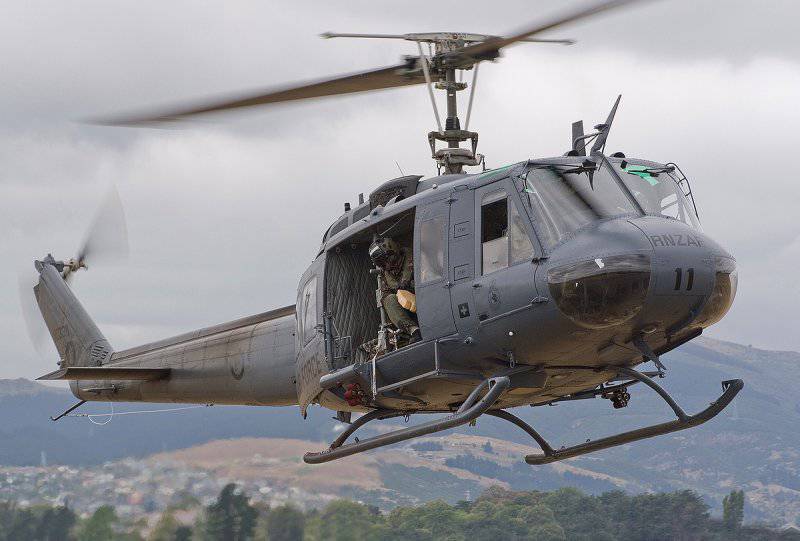
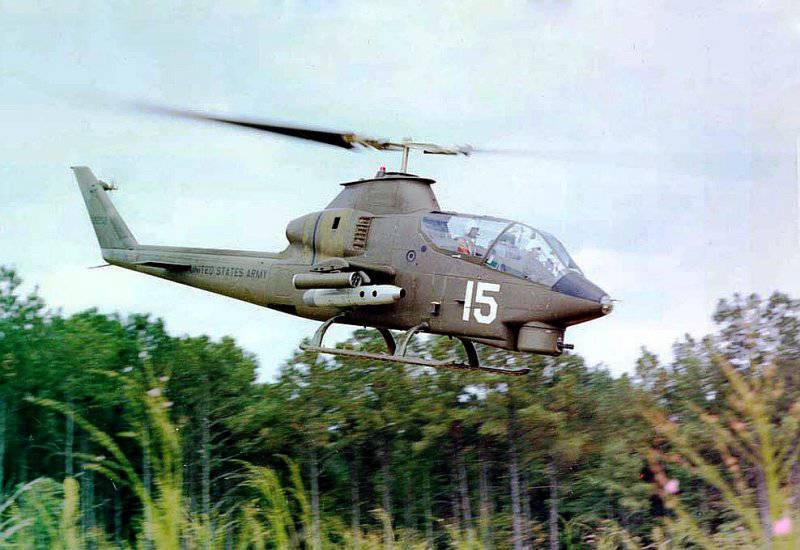
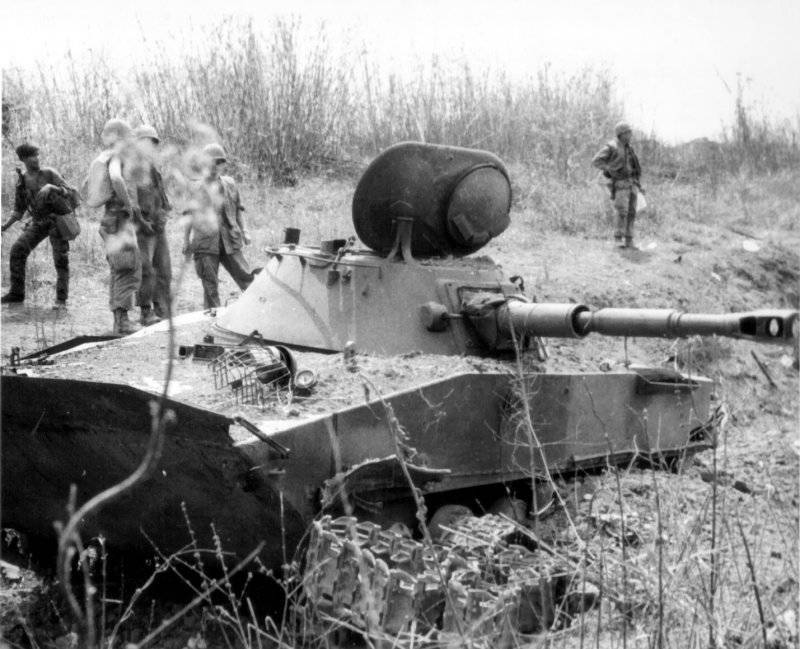

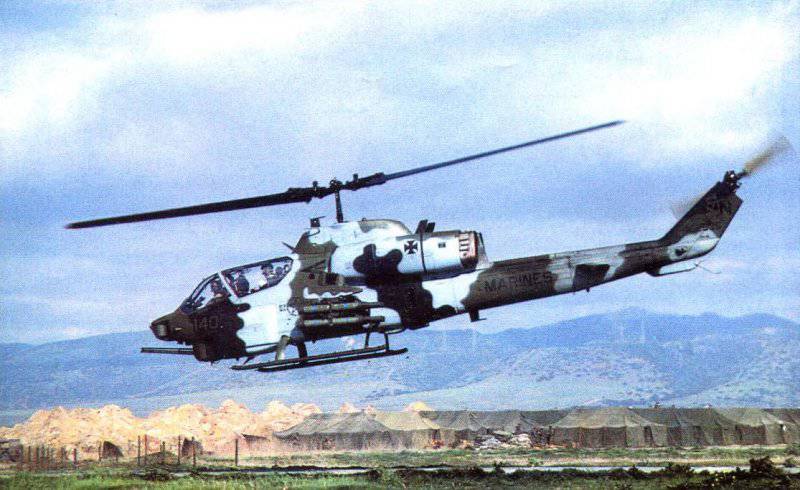
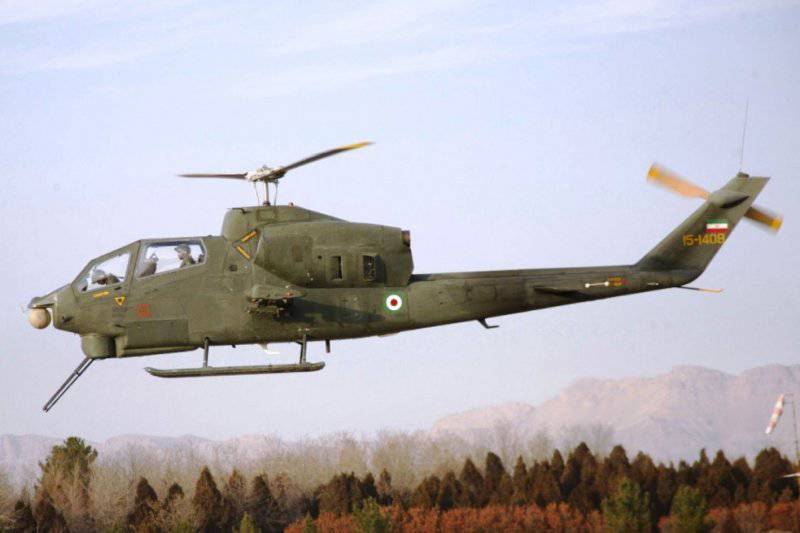
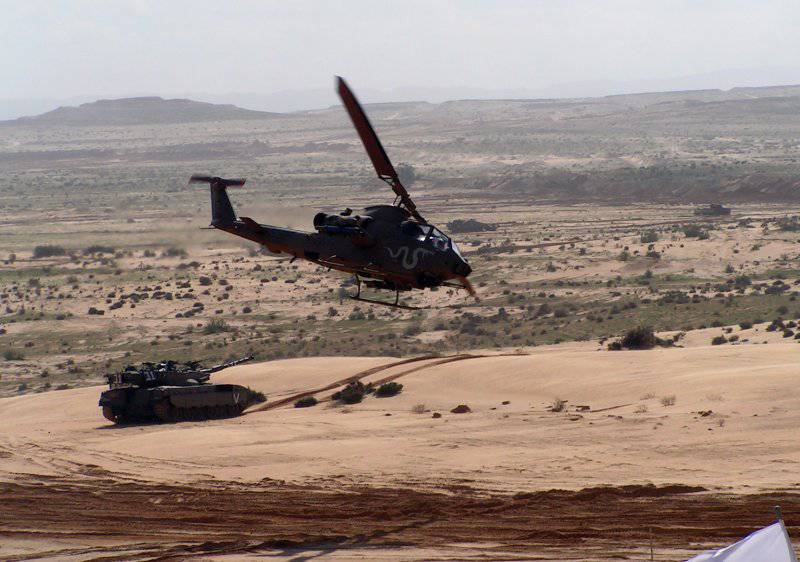
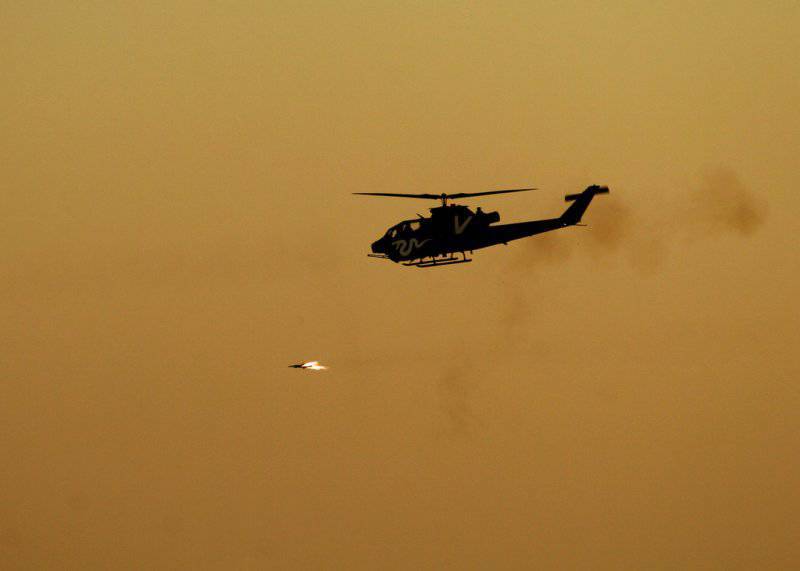
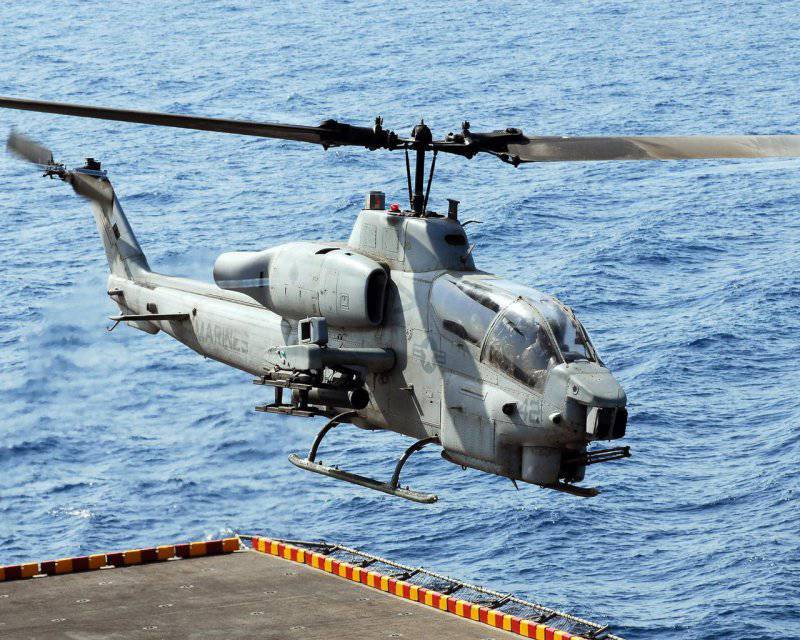
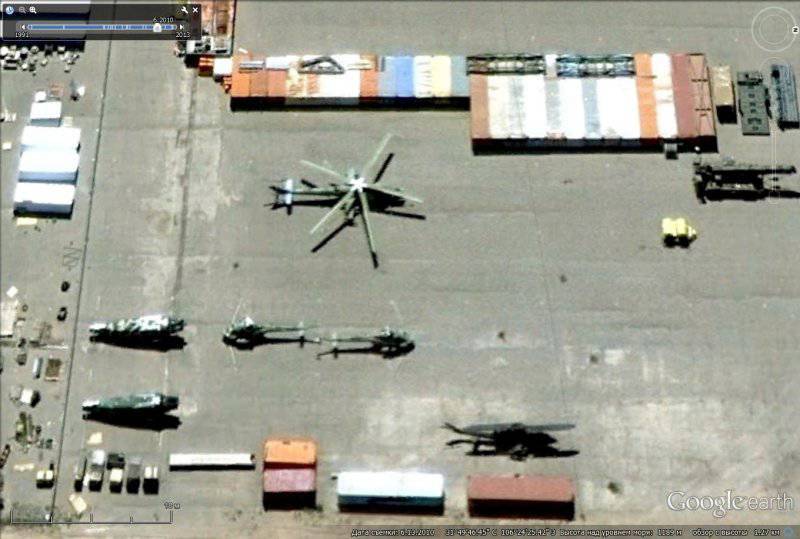
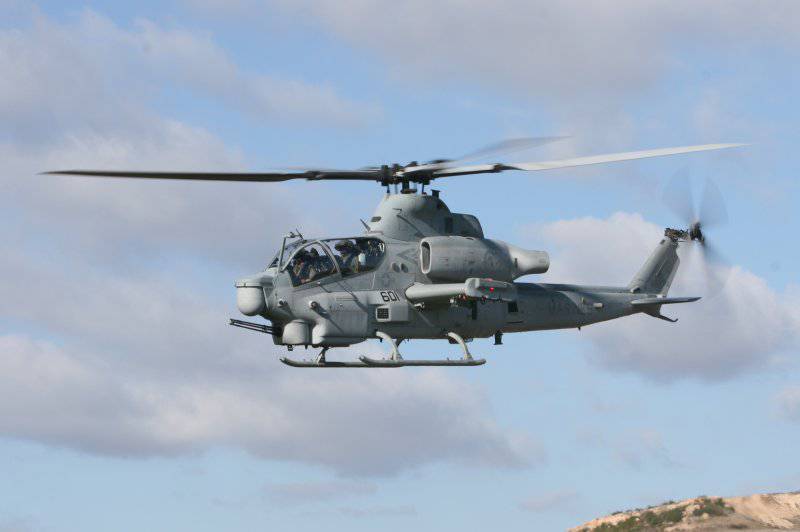
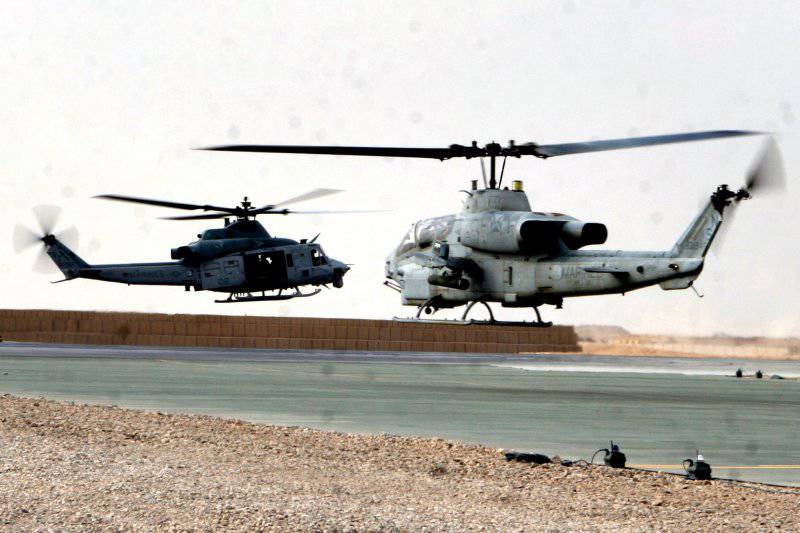
Information